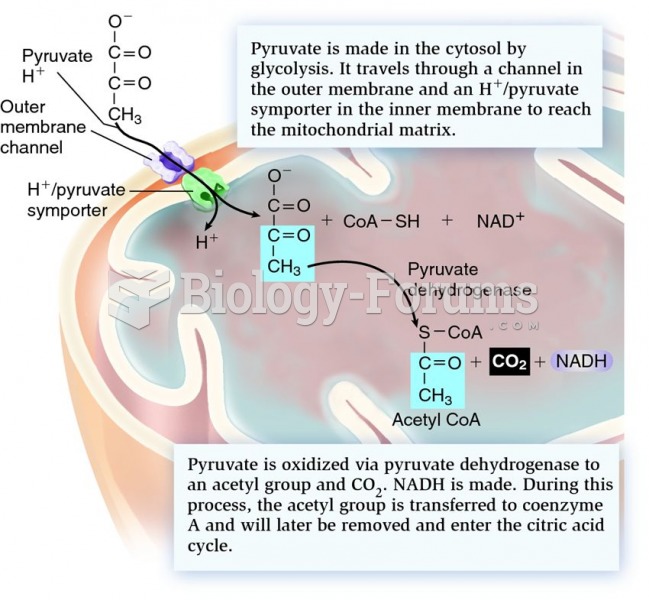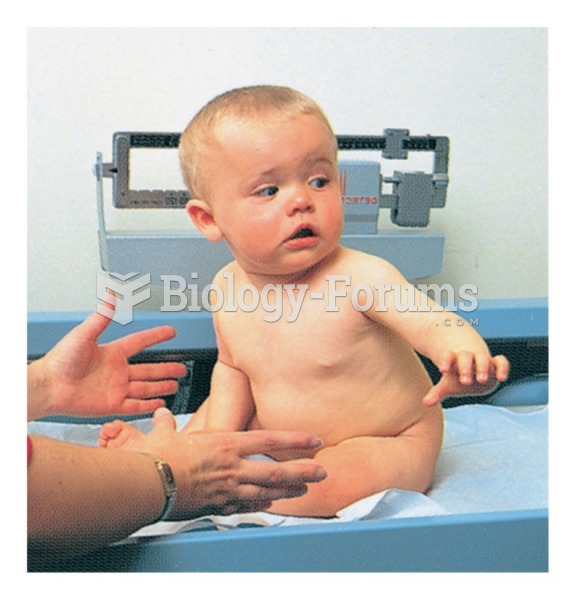Answer to Question 1
ANS: A, C, D
Provide comfort and ample time for rest, because the mother must replenish her energy and be relatively free of discomfort before she can progress to initiating care of the infant. Position the infant in an en face position and discuss the infant's ability to see the parent's face. Face to face and eye to eye contact is a first step in establishing mutual interaction between the infant and parent. Point out the characteristics of the infant in a positive way: She has such pretty little hands and beautiful eyes. The baby should be kept warm, but parents should be assisted to unwrap the baby (keeping or rewrapping the body part not being inspected) to inspect the toes, fingers, and body. The nurse should model behaviors by holding the infant close, making eye contact with the infant, and speaking in high-pitched, soothing tones.
Answer to Question 2
ANS: C
Bonding refers to the rapid initial attraction felt by parents for their infant. It is unidirectional, from parent to child, and is enhanced when parents and infants are permitted to touch and interact during the first 30 to 60 minutes after birth. During this time, the infant is in a quiet, alert state and seems to gaze directly at the parents. Infants are often placed skin to skin on the mother's chest or abdomen for bonding time immediately after birth. Nurses frequently delay procedures such as measurements and medication administration that would interfere with this time, so that parents can focus on their newborn baby. Attachment follows a progressive or developmental course that changes over time. It is rarely instantaneous. Unlike bonding, attachment is reciprocalit occurs in both directions between parent and infant.







